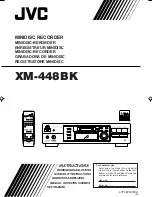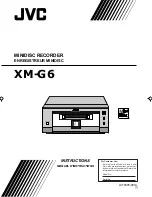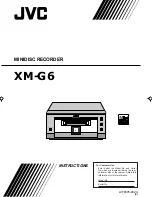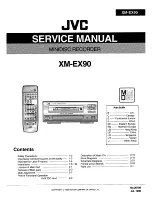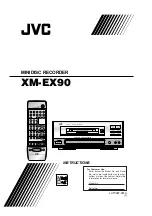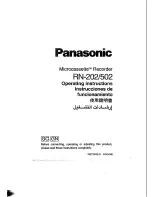
100/180MM DISTRIBUTED GRAPHIC RECORDER: USER GUIDE
Page 120
HA029324
Issue 11 Oct 14
4.3.11 FUNCTION (Cont.)
ZIRCONIA PROBE (Cont.)
OXYGEN POTENTIAL
The oxygen potential of an atmosphere is a measurement of its ability to oxidise or reduce. For any ele-
ment, a value of oxygen potential (free energy of formation) is known. Above this value, the material will
oxidise, below it, no oxidisation will occur. Figure 4.3.11t, below, is a free energy diagram for a number of
oxidising processes.
Oxygen potential is given by the equation
Where: Op = Required oxygen potential (in kilocalories)
T = Probe temperature (in Kelvins)
Op´ = Partial pressure of oxygen in the reference atmosphere (in atmospheres)
It can be shown that, because the oxygen potential of air is essentially constant over the range 870 to
1450 kelvins, the zirconia probe output is proportional to the oxygen potential of an atmosphere, accord-
ing to:
E
=
(10.84
T) + 40 mV (in the range 870 to 1450 K)
Thus, it is possible to measure oxygen potential directly from a zirconia probe, using a standard input
channel of the instrument, scaled in units of oxygen potential. A typical confi guration might be:
Input Type = mV; Input low = 40; Input high = 1124; Scale low = -100; Scale high = 0; Units kCal. Such a
confi guration would be suitable over the temperature range 873 to 1473 K (600 to 1200 ˚C).
Op
0.00457
T
log O
p
Summary of Contents for 6100
Page 2: ......
Page 4: ...EUROT H ERM ...
Page 377: ...100 180 MM DISTRIBUTED GRAPHIC RECORDER USER GUIDE This page is de ...
Page 396: ......
































